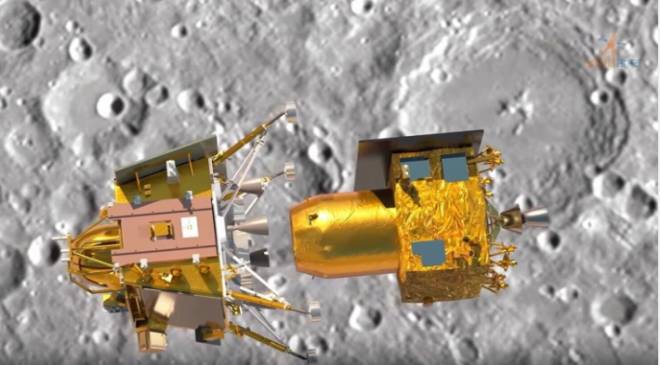On Wednesday India joined the United States, Russia and China as one of the only nations on Earth to navigate its technology onto the surface of the Moon. Perhaps even more impressive, the Indian mission known as Chandrayaan-3 managed to land its rover in the southern polar region, the first country to do so without crashing.
Read More:- Father of Tennessee Titans player Caleb Farley killed in N.C. house explosion
Indeed that’s exactly what happened with Chandrayaan-2 in 2019, the mission previous to this one. It was the second lunar space mission in the Indian Space Research Organization’s Chandrayaan programme, which lost control and destroyed itself on the Moon following a software glitch.
The successful Chandrayaan-3 mission included two spacecrafts: A lander named Vikram and a rover named Pragyan. In addition to being an important accomplishment for the Indian scientific community, the mission also moves humanity closer to its goal of creating a lunar colony.
Read More:- Family-run farm begs tourists to stop stripping naked for photos: ‘Please keep your clothes on!’
“Landing on the south pole, or near it, is really important because it’s the sort of area we’d be looking for a lunar base,” Ian Whittaker, a senior lecturer in physics at Nottingham Trent University, told Al Jazeera. “There’s water there, which was one of the findings of Chandrayaan-1. This water can be used for a lot of things. We could also look for building materials.”
Chandrayaan-3’s success occurs shortly after a less successful moment in Moon science news. Earlier this month Luna-25, the first Russian spacecraft to be sent to the Moon in decades, crashed into the lunar surface after the scientists controlling it lost communication.
Read More:- The Most Disrespected Document in Higher Education
Although never directly landing anything on the Moon, Israel once had a spacecraft filled with microscopic organisms called tardigrades explode near the Moon, potentially showering it with them. The United States famously put the first human being, Neil Armstrong, onto the Moon.



























